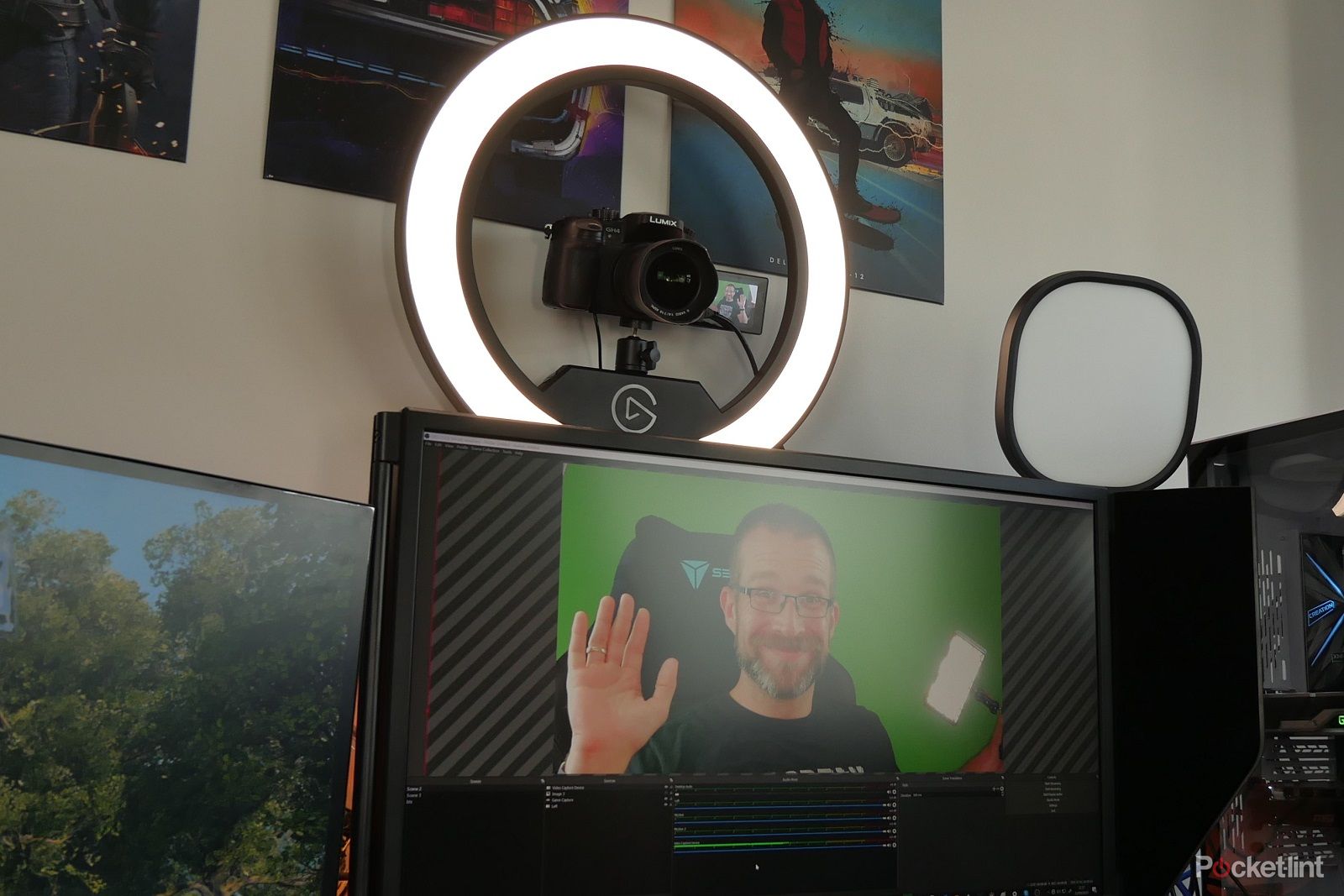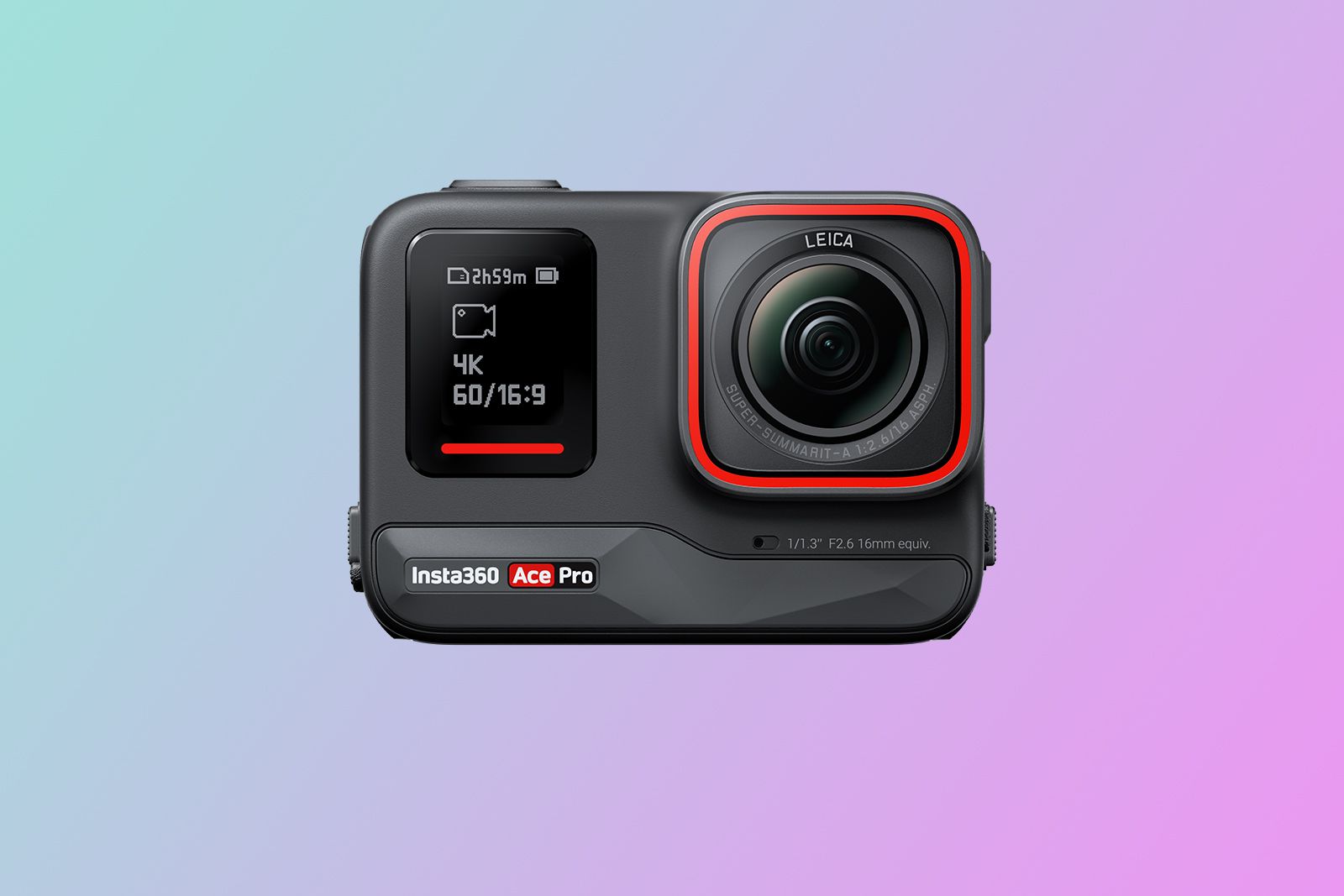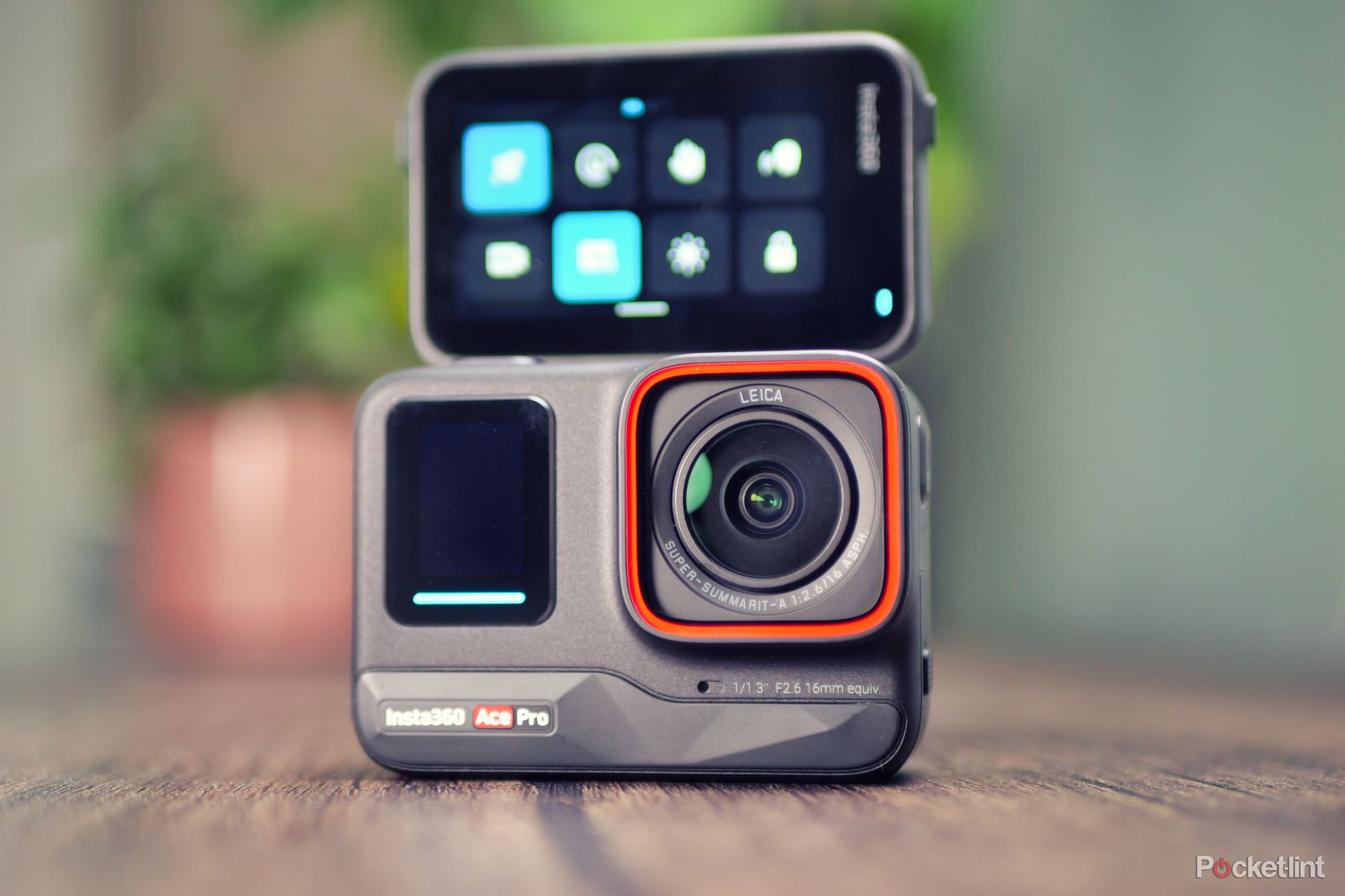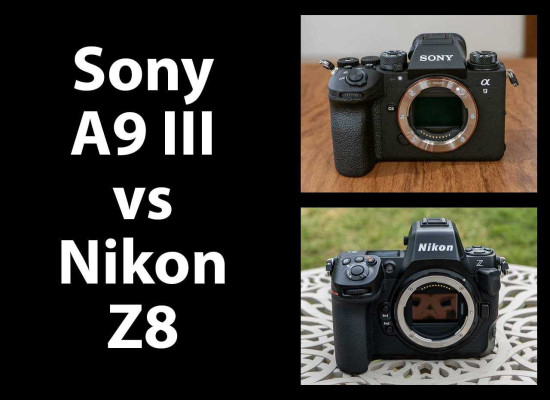Reviews

The 7 Best compact zoom cameras
DPReview Latest |
Updated Nov 23, 2023
Long gone are the days when all of us owned some kind of compact camera: the convenience and increasing quality of smartphones saw to that. But there are still some situations in which a compact can do things a smartphone can't. In fact, there are several types of compact camera that each offer capabilities that aren't easily replicated by even the best smartphones.
We'll try to spell out what these capabilities are, and what the best compact camera is to provide them. Because there are definitely still some circumstances in which a compact camera still makes sense.
Our recommendations:
Long zoom cameras
Perhaps the greatest weakness of smartphones is their lack of zoom. Many of the best phones have a camera with a slightly longer focal length and then try to crop into their images and use AI algorithms to try to approximate the fine detail to give the impression of zooming, but this has its limits.
Dedicated cameras aren't constrained by the need to slip into your pocket, which can afford them the space to have an optical zoom lens to gain you more reach than your smartphone can deliver. There can be a trade-off: the small sensors required to put lots of zoom in a relatively small camera will be outshone by the computational cleverness that modern smartphones will bring to bear on their images. But superzoom cameras can gain you the kind of reach that no current smartphone can get near.
Best long-zoom camera: Sony Cyber-shot DSC-RX10 IV
20MP 1"-type Stacked CMOS sensor | 24-600mm equiv. F2.4-4 lens | 4K video
 |
| Photo: Dan Bracaglia |
Buy now:
What we like:
- Long, very sharp lens
- Very good image quality
- Impressive subject tracking
- Excellent video quality and features
What we don't:
- Very expensive
- Large and heavy
- Some camera features locked while buffer clears
The Sony RX10 IV is a superzoom cameras with a large Type 1 (13.2 x 8.8mm) Stacked CMOS sensor and a 24-600mm equivalent F2.8-4.0 zoom lens. The large sensor gives it image quality up there with the best smartphones while the lens delivers a 24x zoom that smartphones can't come close to matching.
The RX10 IV has been on the market for a while, so its autofocus isn't as good as Sony's newer cameras, but its fast Stacked CMOS sensor and excellent face detection system means it'll track action very well. This combines with its ability to shoot at 24 frame per second to stretch its capabilities even further beyond those of a smartphone.
See the Sony DSC-RX10 IV studio scene
Best ultra-zoom camera: Nikon Coolpix P1000
16MP 1/2.3" BSI-CMOS sensor | 24-2000mm equiv. F2.8-8 lens | 4K video capture
 |
| Photo: Barney Britton |
Buy now:
What we like:
- Focal range cannot be matched by any camera
- Respectable image quality, given camera's purpose
- Raw support
- Well-built, with logical control layout
What we don't:
- Large and unbalanced when zoom is extended
- Lens is slow at long end, reducing sharpness
- No touchscreen
- Poor battery life
The Nikon Coolpix P1000 is a small sensor camera with a vast zoom lens. The Type 1/2.3 (6.17 x 4.55mm) sensor will be out-performed by a good smartphone's clever merging of multiple images but the Nikon's gargantuan 24-2000mm equiv lens is its selling point.
The small sensor means image quality isn't the camera's strength, but its frankly ludicrous zoom reach means it can photograph distant subjects in a way no other device (smartphone or dedicated camera) can.
Read our Nikon Coolpix P1000 review
See the Nikon Coolpix P1000 studio scene
Compact superzooms
Another class of camera that offers the kind of zoom range that a smartphone doesn't is the compact superzoom, also known as travel zoom cameras. These feature 10x or more zoom ranges (much more in some cases) in relatively small, convenient bodies. The downside is they typically use very small sensors that, without the sophisticated image combination that smartphones regularly do in the background, only offer their best image quality in good light. Canon and Panasonic (which invented this type of camera) still make compact superzooms, so if what you need is a bit more reach from something pocketable, this is what you're looking for.
We haven't had a chance to try Canon's SX740 HS, with its 40x zoom, but it's a continuation of a series that has always produced attractive color from cameras with simple, user-friendly interfaces. The small sensor and very slow aperture at the long end of the zoom mean it's going to be a camera for outdoors and good light only, really. Similar things can be said of Panasonic's 30x zoom ZS80, though this no longer appears to be available in Europe.
Best compact-superzoom: Panasonic Lumix DC-ZS200
20MP 1"-type BSI-CMOS sensor | 24-360mm equiv. F3.3-6.4 lens | 4K video capture
 |
| Photo: Dan Bracaglia |
Buy now:
What we like:
- Good balance of zoom and size
- Built-in EVF
- 4K video capture
What we don't:
- Soft lens
- 1.5x crop when recording 4K video
- Some may be bothered by 'color tearing' on EVF
The more expensive Panasonic ZS200 (TZ200 in Europe) is based around a larger Type 1 (13.2 x 8.8mm), which is four times larger than the one on the cameras mentioned above. The zoom is a more modest 15x, but that's more than enough for most photography, and it shouldn't be as readily embarrassed by your phone, when it comes to image quality.
Read our Panasonic Lumix DC-ZS200 review
See the Panasonic Lumix DC-ZS200 studio scene
Waterproof cameras
Waterproof cameras are another specialism that smartphones can't necessarily displace. Many flagship phones are waterproof to a decent degree but you shouldn't try to submerge them to any appreciable depth. Waterproof cameras also tend to be pretty rugged, designed to withstand a lot more mistreatment than a phone will withstand, meaning you can carry them with you at all times, without ever having to worry about it. Great for bikers, climbers and custodians of small, inquisitive but necessarily careful children.
Best waterproof camera: OM System Tough TG-7
25-100mm equiv. F2.0-4.9 lens | 12MP Type 1/2.3 sensor | Waterproof to 15m (50ft)
 |
Buy now:
What we like:
- Bright, wideangle lens
- Built-in GPS, compass and manometer
- Raw image capture allowing creating edits
- Range of accessories
What we don't:
- 12MP is fairly low
- Lens isn't very bright at long end
- Limited battery life
- Relatively expensive
The OM System Tough TG-7 is a rugged, waterproof compact with a 25-100mm equivalent zoom lens. It is fully waterproof down to a depth of
The OM System isn't the only rugged waterproof still on the market, nor the cheapest, but it has several major factors in its favor. The first is that it lets you shoot Raw images, which gives you the ability to correct the white balance, which even the best cameras tend to get wrong when shooting underwater. Another factor is that there is a range of accessories for the TG-7, including a light guide that directs light from the built-in flash into a circle around the lens, letting you illuminate close-up objects.
Beyond this there are a few details that different users may find handy: it has an unusually wide-angle lens with a bright maximum aperture, helping the performance underwater and in low light. It also has a built-in GPS, compass and pressure sensor that lets you log your adventures. These all add up to a camera that's worth the added expense, we feel.
Read our hands-on with the OM System TG-7 article
Vlogging cameras
Smartphones are great for vlogging, but a dedicated vlogging camera can shoot better quality video, have more sophisticated microphones (and provide options for connecting better mics), and can autofocus very reliably, dependably delivering YouTube-ready footage.
Best vlogging camera: Sony ZV-1 Mark II
20MP Stacked CMOS sensor | 24fps burst shooting | 4K/30p, 1080/120p video
 |
| Photo: Shaminder Dulai |
Buy now:
What we like:
- Low rolling shutter
- 3-way mic array
- Touchscreen interface for vlogging
What we don't:
- Limited body buttons/dials
- No stabilization for stills
- 8-bit color not ideal for grading
The Sony ZV-1 Mark II is one of three ZV-1 models and is by far the best. Its wide-angle 18-50mm equivalent F2.8-4.0 lens is ideally suited to self-shot video. Its excellent autofocus includes options such as 'Product Showcase' that focuses on the presenter, unless an object is held up to the camera.
See the Sony ZV-1 Mark II studio scene
Enthusiast compacts
The final niche in which it's difficult for a smarphone to compete is for enthusiast photography. No matter how good smartphone image quality gets, it's difficult for a phone to provide the feeling of connection to the process of taking photos that an enthusiast compact with lots of direct controls can offer.
We've picked three cameras with large sensors that deliver good image quality, zoom lenses and direct controls. Both Sony models have built-in electronic viewfinders, for shooting when it's bright outside, again giving a more pleasant experience than trying to use a smartphone.
Best enthusiast compact: Canon PowerShot G7X III
20MP 1"-type stacked CMOS sensor | 24-100mm equiv. F1.8-2.8 lens | 4K/30p video capture
 |
| Photo: Dan Bracaglia |
Buy now:
What we like:
- Nice grip and well-placed controls
- 4K/30p recording with live streaming to YouTube
- Fast burst shooting
What we don't:
- Lens is soft at wide-angle
- Limited battery life
- Contrast-detect only autofocus
The Canon PowerShot G7X III is an enthusiast compact built around a 20MP Type 1 (13.2 x 8.8mm) Stacked CMOS sensor with a bright 24-100mm equivalent F1.8-2.8 zoom.
The large sensor, and zoom that covers a really useful range help set it apart from a smartphone but it's really the clicking control dial around the lens and the dedicated exposure compensation dial that help you feel you're in the driving seat of the photo-taking process that makes us enjoy it so much.
Read our Canon Powershot G7X III review
See the Canon Powershot G7X III studio scene
Also worth considering
The Sony Cyber-shot DSC-RX100 VA is also worth a look, offering a short, bright 24-70mm equivalent zoom. This is a little shorter than the one on the Canon but we've found it to be more consistently sharp, on the units we've tested. It has a pop-up viewfinder, adding to the appeal but also to the price. The Sony's autofocus is faster and more dependable than the Canon's but we prefer the handling of the Canon, thanks to its exposure compensation dial and clicking front control wheel.
Best do-it-all compact: Sony Cyber-shot DSC-RX100 VII
20MP 1"-type Stacked CMOS sensor | 24-200mm equiv. F2.8-4.5 lens | Hybrid AF system
 |
| Photo: Dan Bracaglia |
Buy now:
What we like:
- Industry-leading autofocus
- Excellent image quality
- Oversampled 4K video
What we don't:
- User interface can be overwhelming
- Low light performance limited by slow lens
- Slippery grip
- Expensive
The Sony Cyber-shot DSC-RX100 VII is built around a 20MP Stacked CMOS and a long, flexible 24-200mm equivalent lens. It's not as bright at the long end as the zooms on the Mark VA or the Canon G7X III but it provides a lot more reach, still in a compact package.
Read our Sony RX100 VII review
See the Sony DSC-RX100 VII studio scene
Why you should trust us
This buying guide is based on cameras used and tested by DPReview's editorial team. We don't select a camera until we've used it enough to be confident in recommending it, usually after our extensive review process. The selections are purely a reflection of which cameras we believe to be best: there are no financial incentives for us to select one model or brand over another.























































